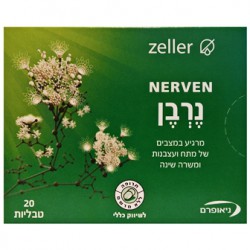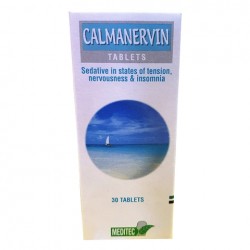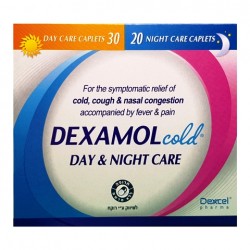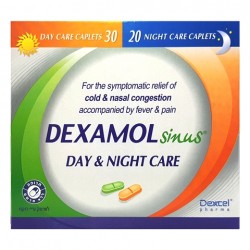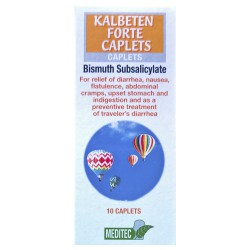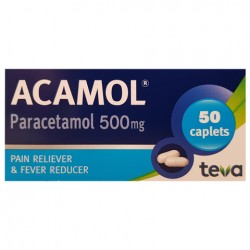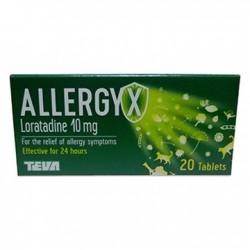Askina Foam 10x10cm
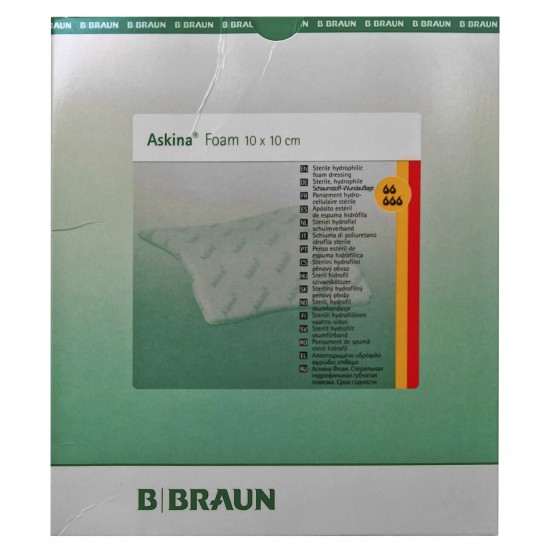
A sterile, hydrophilic foam wound dressing, indicated for the management of moderately to heavily exuding, partial to full thickness wounds, such as: pressure ulcers, venous and arterial leg ulcers, diabetic foot ulcers, first and second degree burns.
Product Description
Askina Foam is a sterile, hydrophilic foam wound dressing that includes a polyurethane foam wound contact surface with high absorption capacity and a vapour permeable, water and bacteria resistant polyurethane film outer layer.
In the presence of exudate, Askina Foam helps maintain a moist wound environment conducive to natural healing conditions.
Indications
Askina Foam is indicated for the management of moderately to heavily exuding, partial to full thickness wounds, such as:
- Pressure ulcers
- Venous and arterial leg ulcers
- Diabetic foot ulcers
- First and second degree burns.
Askina Foam may also be used as an aid for the prevention of skin breakdown.
Information For Use
Askina Foam is very simple to apply, requiring no special skills or equipment. The interval between dressing changes will depend entirely upon the state of the wound. On heavily exuding wounds, daily changes may be required at the beginning of treatment but this may be reduced to every 2 to 3 days for low exuding or epithelialising wounds.
Skin Preparation
1) Cleanse the wound with sterile saline or Ringer solution and sterile swabs.
2) Dry the skin surrounding the wound.
Dressing Application
1) Select the appropriate Askina Foam size that will completely cover the wound surface, ensuring a 2 to 3 cm margin beyond the edges of the wound. If necessary, several dressings can be overlapped to cover very large wound areas.
2) Apply Askina Foam with the foam side directly to the wound surface (shining polyurethane film outside) and fix it with an appropriate secondary dressing, e.g. a fixation or compression bandage.
3) In case of venous leg ulcers, compression therapy may be used in conjunction with Askina Foam treatment, when so directed by a physician.
Dressing Changes
Askina Foam should be changed when the dressing is saturated with exudate (2 to 3 days on average). Dressing may be left in place up to 7 days when there is little exudate or changed every 24h when the amount of exudate is important.
Where leakage occurs the dressing should be changed immediately.
Gently remove Askina Foam.
Follow procedure that mentioned above to apply a new dressing.
Resume use of Askina Foam when normal healing conditions are present again.
Contraindications
Askina Foam is contraindicated for:
- Ulcers resulting from infections, such as
- tuberculosis, syphilis, deep fungal infections
- Bites or third degree burns
- In case of infection with inflammatory signs (temperature, oedema, redness, pain) contact proper medical authority.
Special Notes
The wound may initially appear to increase in size in the early stages of Askina Foam treatment.
This is normal and occurs as any wound debris is removed from the edges of the wound. This clears the way for healing.
In the management of moderately to heavily exuding wounds, Askina Foam can only make the overlying environment more conducive to healing. There are cases where healing is impaired as a result of underlying conditions; in these instances, Askina Foam alone may make little or no progress, and suitable treatment of the underlying conditions will be necessary as well. Therefore, if after 4-6 weeks of Askina Foam treatment, there has been no improvement then, in line with accepted wound management practice, the original diagnosis and overall therapy should be reassessed.
Askina Foam should be left in place as long as possible in order to prevent trauma to the fragile newly formed tissue and to reduce cross contamination through frequent dressing changes. Thick necroses should be removed before applying Askina Foam.
Please do not consider this information as an alternative to consulting your physician or nurse.
For further information on instructions for use, risks and side effects, please read the patient package insert and consult your doctor or nurse.
Read the patient package insert carefully before starting the treatment.







